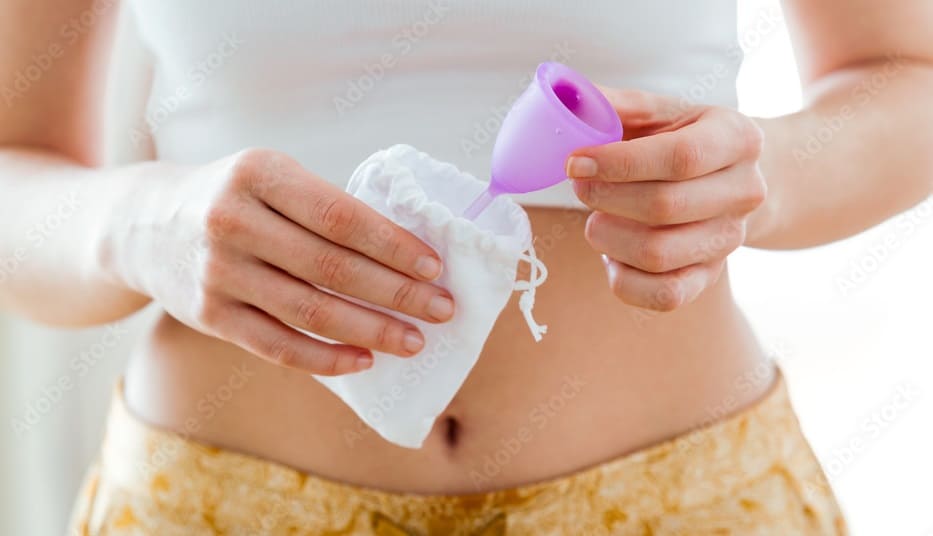Thinking about switching to a menstrual cup? It’s great that you’re exploring this option—it’s eco-friendly, cost-effective, and can be surprisingly comfortable once you get the hang of it. Here’s a friendly guide to help you make the transition smoothly.
What’s a Menstrual Cup?
A menstrual cup is a small, flexible cup made from medical-grade silicone or rubber. You insert it into your vagina to collect menstrual fluid. Unlike tampons or pads, which absorb the fluid, the cup catches it, and you can wear it for up to 12 hours. It’s a bit like a magic trick for your period!
Picking the Right Cup
Not all cups are created equal, so choosing the right one is key:
- Size Matters: Most brands offer small and large sizes. If you’re under 30 and haven’t had kids, a small cup might be your best bet. If you’ve had kids or are over 30, you might want to go with a larger size.
- Firmness Counts: Some cups are softer, others firmer. Softer cups are gentler on the bladder, while firmer ones might be easier to handle. It’s a personal preference, so you might need to try a couple to find what feels right.
Inserting and Removing the Cup
Getting the hang of insertion and removal can take a little practice:
- Inserting the Cup: Fold the cup and gently insert it into your vagina, aiming to place it below your cervix. It should open up and form a seal with the walls of your vagina.
- Removing the Cup: Wash your hands, pinch the base of the cup to break the seal, and gently pull it out. Empty it into the toilet, rinse it, and pop it back in.
Hygiene and Care
A clean cup is a happy cup! Here’s how to take care of it:
- Cleaning: Before your period starts, sterilize the cup by boiling it in water for 5-10 minutes. During your period, wash it with mild, unscented soap and water. Avoid using any harsh chemicals or fragrances.
- Storage: When not in use, store your cup in a breathable cotton bag. Avoid storing it in an airtight container, which can cause mold growth.
- Wash During Use: Use mild, unscented soap and water to clean it during your period. Avoid harsh chemicals or fragrances.
Comfort and Adjustment
Initially, you might experience some discomfort or leaks. Don’t worry, it’s all part of the learning process:
- Adjusting Position: Make sure the cup is fully open and positioned correctly. Experiment with different folding methods or positions if you’re having trouble.
- Try Different Sizes: If discomfort persists, you might need to try a different size or firmness.
Recognizing Potential Issues
Most people find menstrual cups easy and comfortable, but here are a few things to watch out for:
- Discomfort or Pain: If the cup causes persistent pain, it might be too large, too firm, or not positioned right. A quick chat with a healthcare provider can help.
- Vaginal Dryness: If you feel dry, try using a water-based lubricant to ease insertion.
Why Make the Switch: Environmental and Health Benefits
Switching to a menstrual cup has some awesome perks:
- Eco-Friendly: Menstrual cups are a greener choice. They’re reusable and can last up to 10 years, which means less waste in landfills.
- Budget-Friendly: Though they cost more initially, menstrual cups save money in the long run.
- Health Benefits: They don’t contain the chemicals or fragrances found in some other menstrual products, so they’re gentler on your body.
When to Seek Professional Advice
If you have any health concerns, like a tilted uterus or specific conditions, it’s a good idea to check in with your healthcare provider before starting with a menstrual cup. They can offer personalized advice and make sure you’re choosing the best option for you.
Transitioning to a menstrual cup can be a game-changer for your menstrual health and the environment. By understanding these key aspects, you can make an informed decision and enjoy a more comfortable and sustainable period experience.
Also Read:
